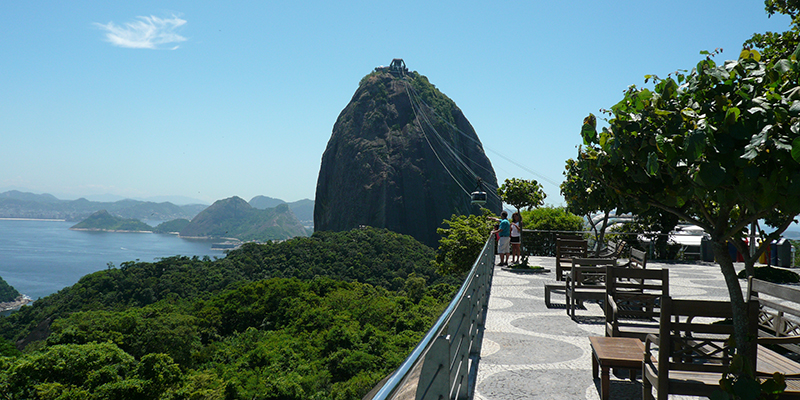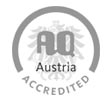International travel to and from Brazil – Overseas tourism as a luxury good and a status symbol
June 15, 2015
Ulrich Gunter of the Department of Tourism and Service Management put his interest in Latin America into practice last year on a three-month research stay in Brazil’s largest city, teaching and researching the economics of tourism in the country at the University of Sao Paulo.
Some fruits of his labour, the paper "Research note: International travel to and from Brazil – Overseas tourism as a luxury good and a status symbol", co-authored with Alexandre Panosso Netto of the University of Sao Paulo, will be published in one of the upcoming issues of the well-regarded journal "Tourism Economics".
Their findings have a number of policy suggestions that could benefit the Brazilian tourism industry if implemented.
They found that Brazil’s tourism deficit has continuously grown since 2005, thereby reflecting the stagnation of (the attractiveness of) international travel to Brazil and the continuing increase in the popularity of international travel among Brazilians. This should alarm tourism planners and developers in Brazil and entail more thorough and coordinated supply-side measures to make the tourism offer of Brazil more attractive to potential international travelers.
While international travel to Brazil has already benefited from somewhat coordinated tourism planning and development approaches since the 1990s, still things need to be improved. Those include improvements in domestic tourism infrastructure, raising the quality of the tourism product infrastructure and services of international quality and qualified destination professionals fluent in
English), and the diversification of tourism goods and services (jungle tourism, sun and beach tourism, business tourism in major cities), thus changing the country’s international image, along with the effective reduction of violence and corruption.
This endeavor calls for a new tourism planning and development agenda at the national level to be initiated by the Federal Government, but to be processed and implemented in close coordination with the stakeholders of the Brazilian tourism industry.
In addition, for the post-2003 period a long-term price elasticity of around -1.10 was calculated for tourism import demand to Brazil. Usually, however, a positive relationship between the variables should be expected. This gives rise to the question of how the assumption of rational behavior on the part of international tourists from Brazil can be maintained when facing such an estimation result. Dwyer and Forsyth (2006) argue that, in such a case, utility derived from (international) tourism is best assumed to be based on both consumption and status. This so-called Veblen effect of conspicuous consumption “induces the tourist to pay a higher price for a functionally equivalent good simply for reasons of fashion, image, and prestige” (Papatheodorou, 2001, p. 172).
Abstract:
‘’Using data for the period 1995Q1–2012Q4, single-equation error correction models for real tourism import demand to Brazil and real tourism export demand from Brazil are derived. According to breakpoint tests, two periods (pre-2003 and post-2003) have to be distinguished. While international travel to and from Brazil can be seen as a luxury good for the whole period, low economic growth rates at the global level and the real appreciation of the Brazilian currency ‘Real’ from 2003 onward have led to stagnating real tourism exports and decreases in long-term income and price elasticities. However, high economic growth rates in Brazil and the real appreciation from 2003 onward have led to strongly growing real tourism imports and increases in long-term income and price elasticities. In line with international travel being regarded as a status symbol in Brazil, a Veblen effect of conspicuous consumption can be confirmed for the post-2003 period.’’





